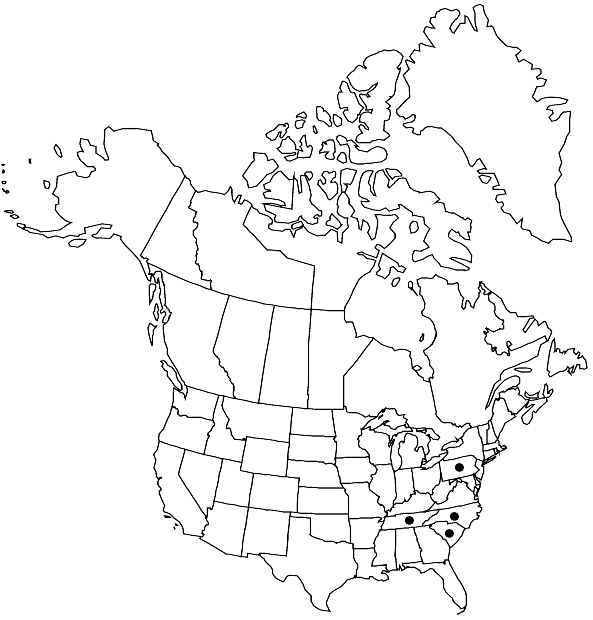Difference between revisions of "Fissidens appalachensis"
Bryologist 72: 406, figs. 1–8. 1969,.
FNA>Volume Importer |
FNA>Volume Importer |
||
| Line 29: | Line 29: | ||
-->{{#Taxon: | -->{{#Taxon: | ||
name=Fissidens appalachensis | name=Fissidens appalachensis | ||
| − | |||
|authority=R. H. Zander | |authority=R. H. Zander | ||
|rank=species | |rank=species | ||
| Line 42: | Line 41: | ||
|publication year= | |publication year= | ||
|special status= | |special status= | ||
| − | |source xml=https://jpend@bitbucket.org/aafc-mbb/fna-data-curation.git/src/ | + | |source xml=https://jpend@bitbucket.org/aafc-mbb/fna-data-curation.git/src/f50eec43f223ca0e34566be0b046453a0960e173/coarse_grained_fna_xml/V27/V27_475.xml |
|genus=Fissidens | |genus=Fissidens | ||
|species=Fissidens appalachensis | |species=Fissidens appalachensis | ||
Revision as of 21:02, 16 December 2019
Plants to 13 × 2–4 mm. Stem unbranched and branched; axillary hyaline nodules weak or absent; central strand weak. Leaves as many as 22 pairs, ligulate to oblong-lanceolate, obtuse-mucronate to acute, to 4 × 0.3–0.5 mm; dorsal lamina narrowed proximally, ending at insertion or slightly before; vaginant laminae 1/2–2/3 leaf length, equal in proximal leaves, unequal in distal leaves, minor lamina ending between margin and costa or rounded and ending on or near costa; margin entire but sometimes serrulate distally, limbate on all laminae, limbidium confluent at apex or ending a few cells before, limbidial cells 2- to 5-stratose; costa percurrent or ending in mucro, bryoides-type; laminal cells 1- to irregularly 2-stratose, smooth, slightly bulging, firm-walled, irregularly hexagonal, many somewhat elongate, 10–16 µm, juxtacostal and basal cells of vaginant laminae somewhat larger, quadrate to oblong. Sexual condition rhizautoicous or synoicous; perigonia and perichaetia on elongate stems. Sporophytes 1–2 per perichaetium. Seta 4–4.5 mm. Capsule theca exserted, erect, radially symmetric to slightly inclined, bilaterally symmetric, 0.6–0.85 mm; peristome bryoides-type; operculum 0.4 mm. Calyptra not seen. Spores 14–25 µm.
Habitat: Crevices and surfaces of rocks submerged in swiftly flowing but usually shallow water, sometimes partially emergent
Distribution

N.C., Pa., S.C., Tenn.
Discussion
Fissidens appalachensis, restricted to rapidly moving water, is distinguished by its habitat and strong limbidium. It is most likely to be confused with an expression of F. bryoides that is usually found on wet rocks and stones along the edges of streams, but which differs in its smaller size and weaker limbidium that at times can be partially or completely absent. Laminal cells in size and shape, vaginant laminae, sexuality, thecae, and peristomes in both taxa are similar.
Selected References
None.